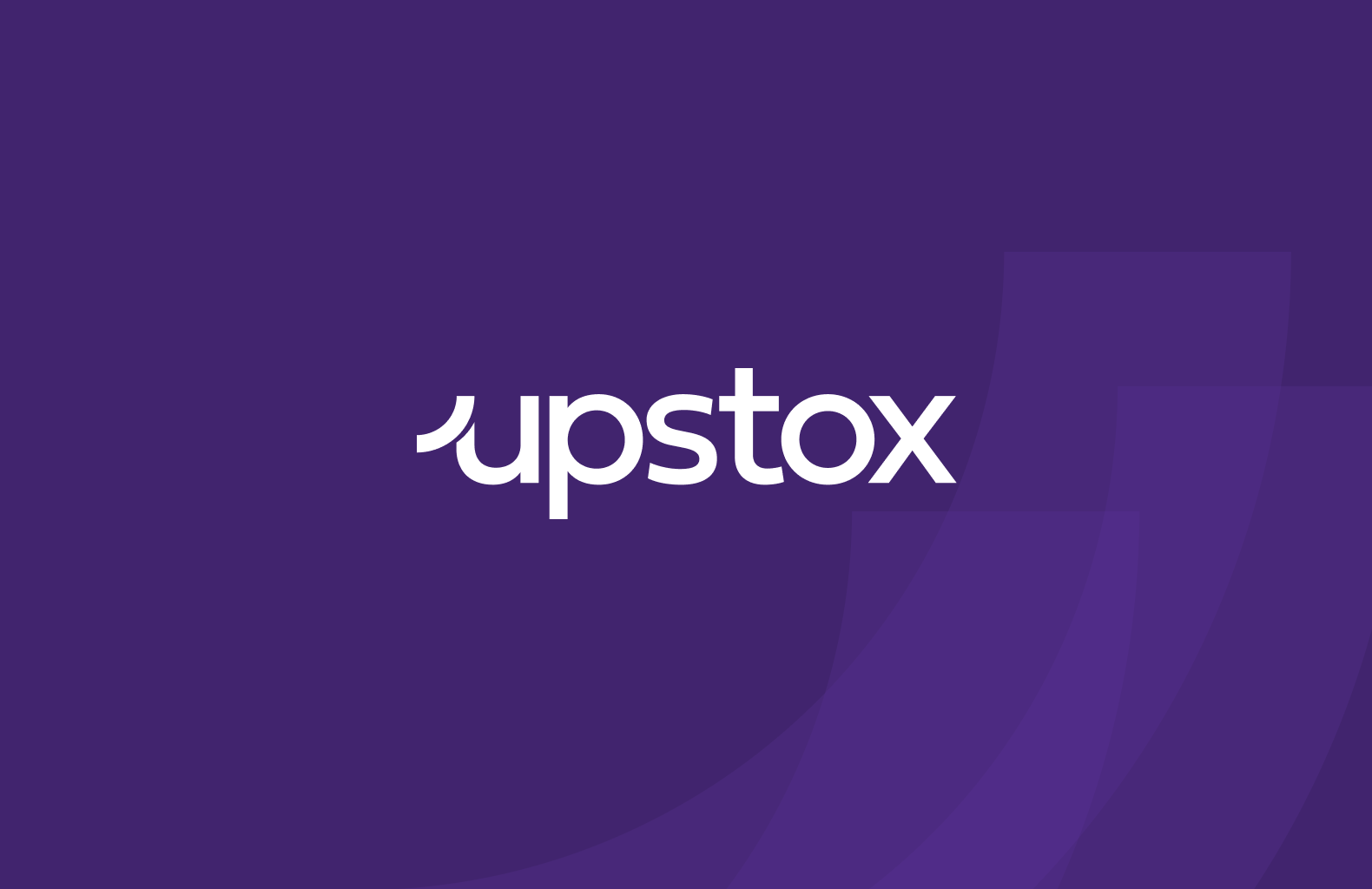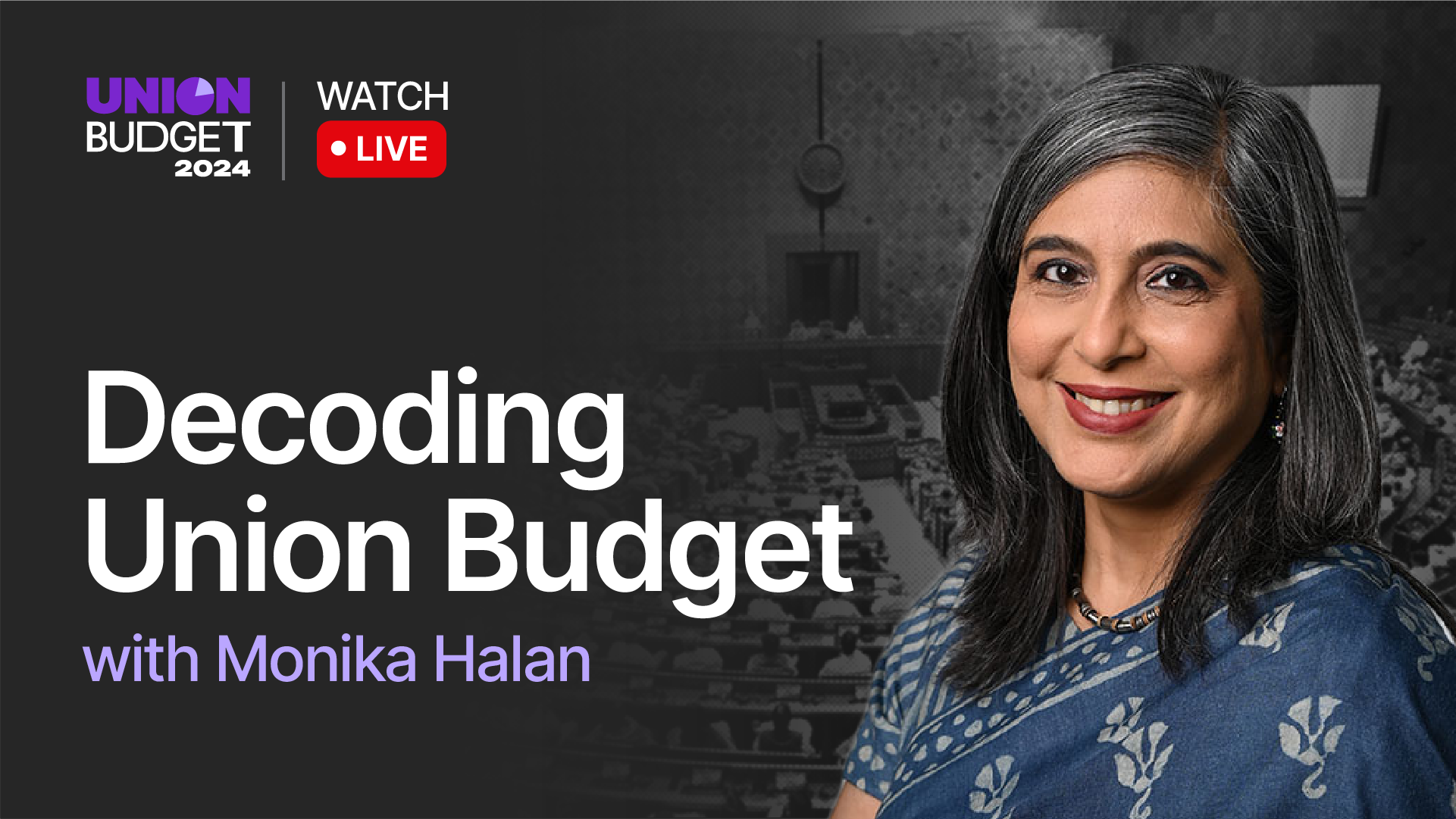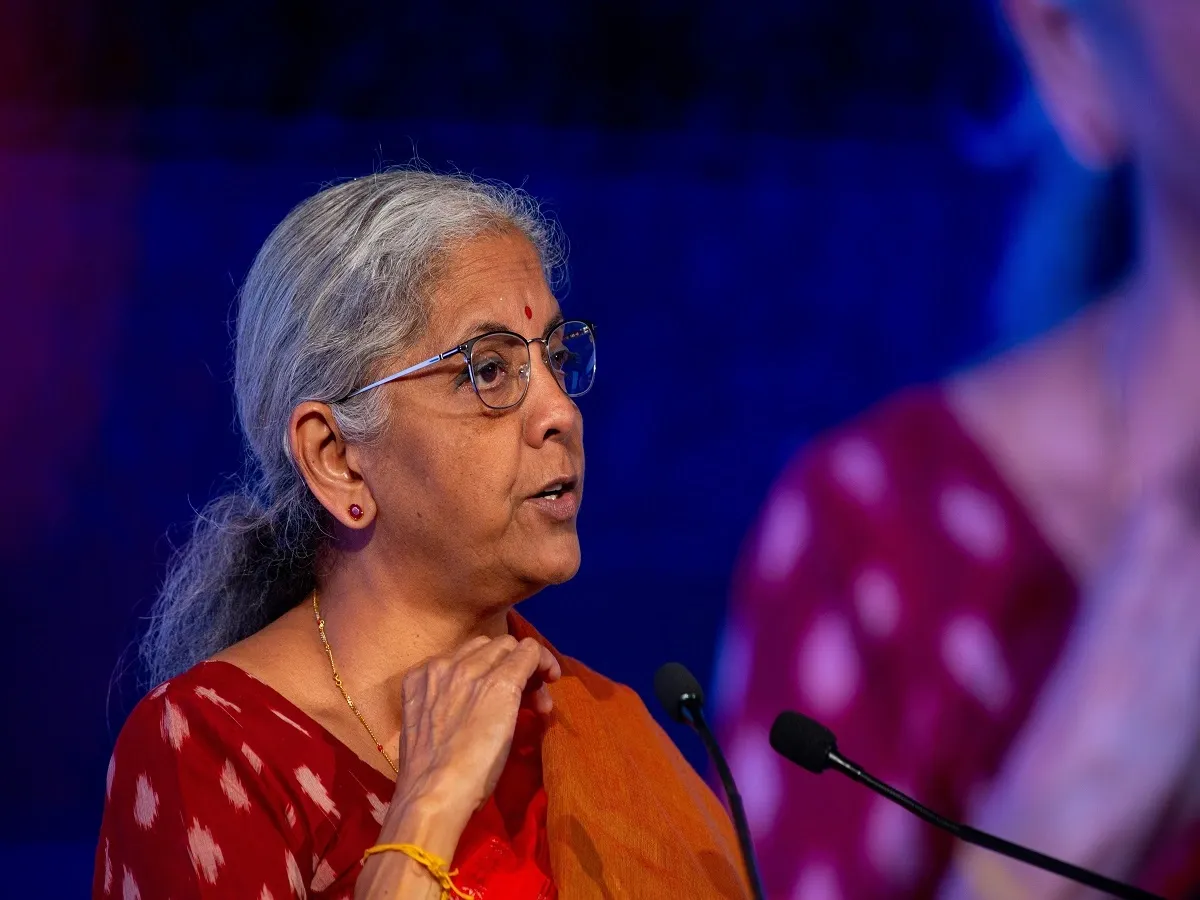Business News
PM-KISAN to Ayushman Bharat: Announcements on flagship schemes to watch out for in Interim Budget

4 min read | Updated on January 25, 2024, 19:22 IST
SUMMARY
As the general elections are drawing near, speculations are high on the government’s announcements on welfare schemes in the upcoming Union Budget.

flagship welfare schemes
In an election year the government’s push for populist measures may not be ruled out as experts speculate higher allocations for the Centre’s key flagship schemes.
As the general elections are drawing near, speculations are high on the government’s announcements on welfare schemes in the upcoming Union Budget. The announcements on the government's flagship welfare schemes will be keenly watched as the Lok Sabha elections are scheduled in April-May.
Finance Minister Nirmala Sitharaman is going to present an Interim Budget this time on February 1. The full Budget for the financial year 2024-25 is expected to be presented by the new government in July after the parliamentary polls.
Though FM Sitharaman has made it clear that there will not be any big announcement in the Interim Budget, in an election year the government’s push for populist measures may not be ruled out.
The Finance Minister in her earlier Interim Budget in 2019 announced game changing PM Kisan scheme, interest subsidy for farmers and made personal income up to ₹5 lakh tax-free.
As history suggests, there could be some major changes in the Budget to provide relief to people from price rise and extend the benefits of social welfare schemes to the common man.
Let’s take a look at how experts are counting on major changes in allocations of Centre’s flagship schemes in the upcoming budget.
The government is expected to enhance allocation to Mahatma Gandhi National Rural Employment Guarantee Scheme (MGNREGS). The scheme has been instrumental in creating jobs in rural Bharat and driving consumption. Experts believe the scheme may see a 47% increase in allocation to ₹88,000 crore from ₹60,000 crore in the Budget 2023-24.
In the previous Budget, government expenditure on the scheme was around ₹90,000 crore.
An announcement expanding the health cover under the Ayushman Bharat Pradhan Mantri Jan Arogya Yojana could be in store in the Interim Budget. The Finance Minister is expected to increase the health cover up to ₹10 lakh per family from ₹5 lakh per family at present under the scheme.
The proposal may see an estimated hike of ₹12,000 crore in allocations to the scheme (PM-JAY).
Ayushman Bharat is Centre’s key universal healthcare coverage scheme for the poor. As of September 2023, around 24.58 crore Ayushman Cards have been created, and 27,353 hospitals were empanelled under Ayushman Bharat.
The central government is likely to dole out the 16th instalment of the PM KISAN scheme ahead of the implementation of the Model Code of Conduct by the Election Commission for general polls.
The government released the 15th instalment in November last year. The PM KISAN announced in 2019 provides for ₹6,000 per annum to small farmers to offset higher input costs.
The government released more than ₹2.81 lakh crore so far to more than 11 crore farmers as of November 30, 2023, through Direct Benefit Transfer.
Billed as Prime Minister Narendra Modi’s pet project to provide housing for all, the PM Awas Yojna is likely to see higher outlay in the upcoming Interim Budget. The scheme saw an incremental ₹79,000 crore outlay in Budget 2023-24 to give a boost to affordable housing in both rural and urban parts.
The three schemes are aimed at promoting inclusive growth of society and extending the benefits of economic growth to every section. The Swachh Bharat Mission was allocated around 150% higher outlay in Budget 2023-24 at ₹5,000 crore. The programme is billed as the largest sanitation drive of the world.
A higher outlay for the PM Ujjwala Yojna is also expected as the government extended the scheme to release 75 lakh new LPG connections over three years to 2025-26.
Jal Jeevan Mission to provide safe drinking water to every household in the country may also see higher allocation. The government allocated ₹70,000 crore in Budget 2032-24 for the implementation of the Mission.
About The Author
Next Story

